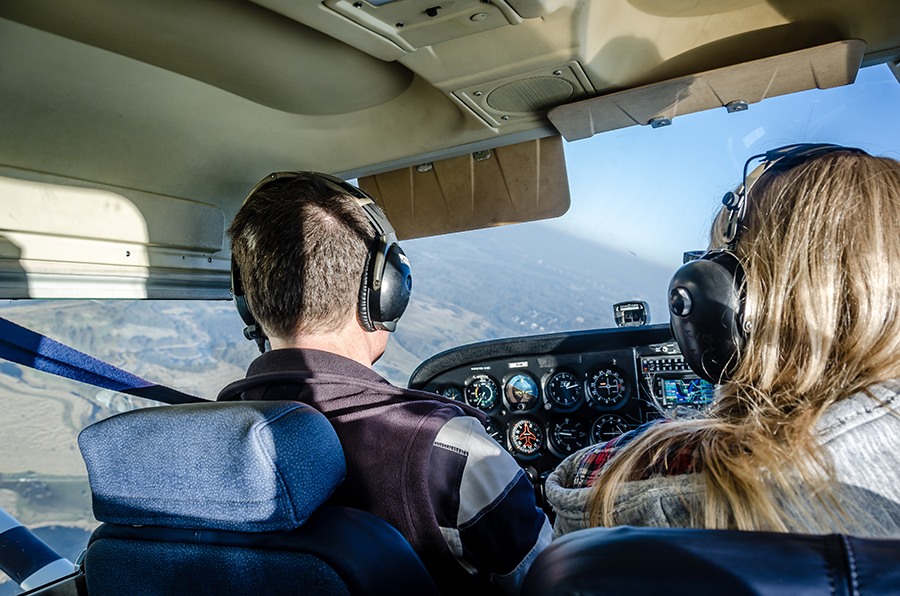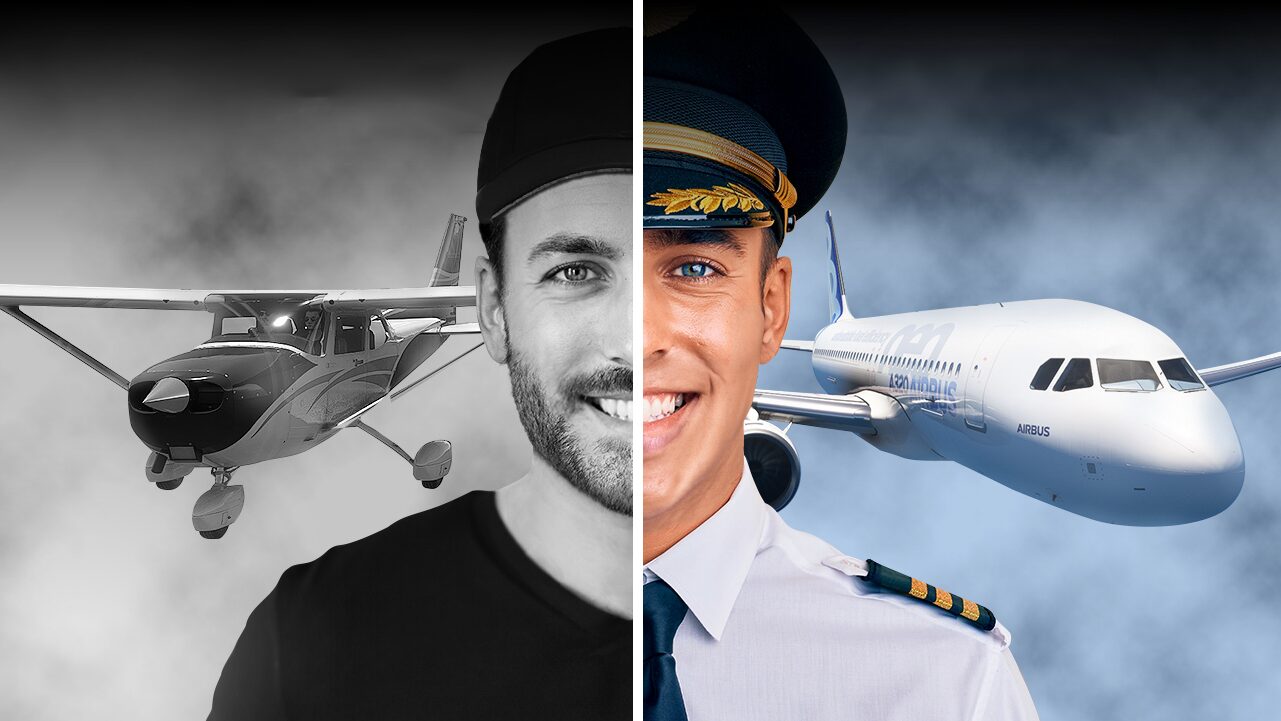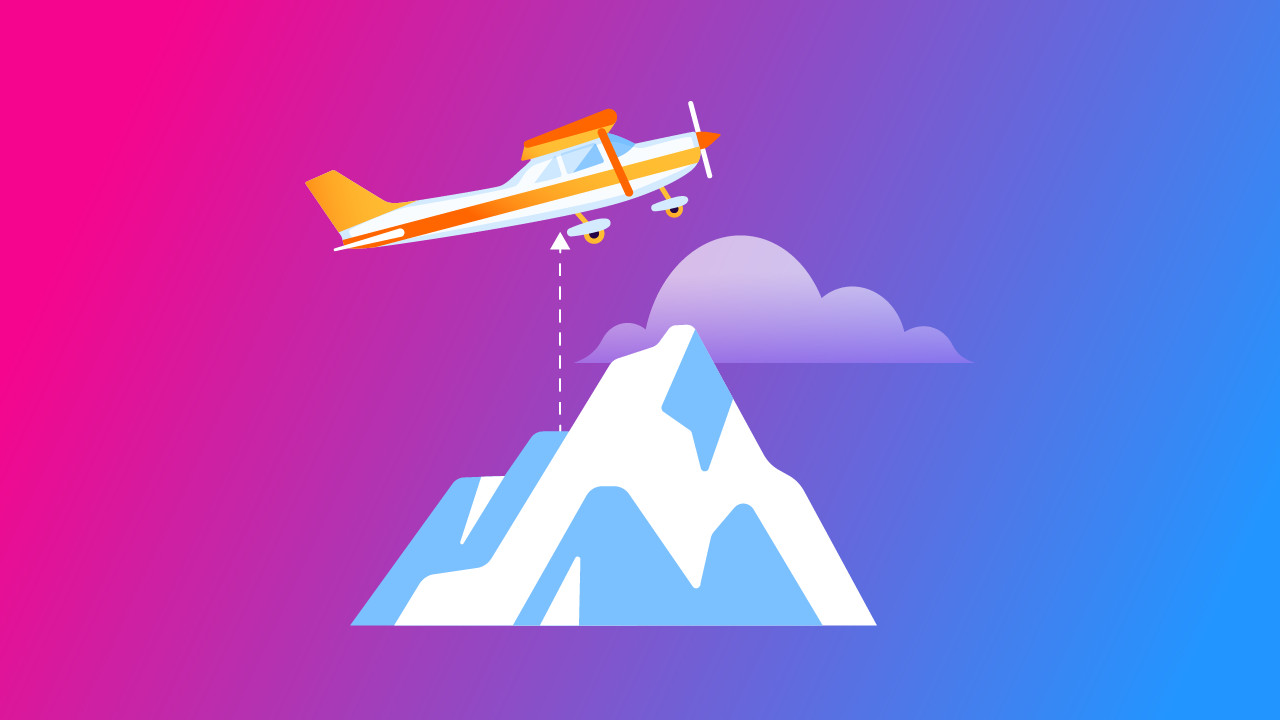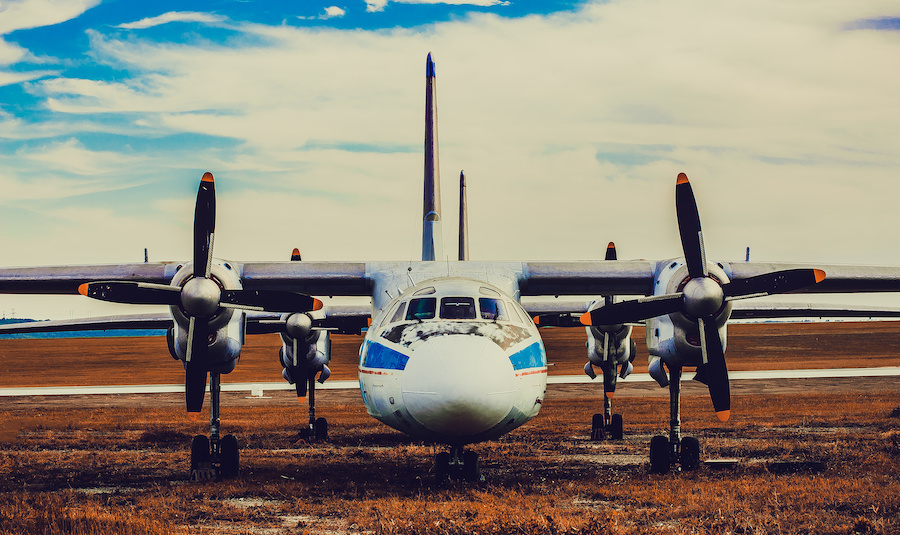-
The Benefits of a Discovery Flight
- Experience the Beauty of Aviation
- Make an Informed Decision about Your Career or Hobby
-
What You Will Do During a Discovery Flight
- Before Your Flight
- During Your Flight
- After Your Flight
-
How Much Does a Discovery Flight Cost?
-
What to Bring with You to a Discovery Flight
-
Conclusion
Discovery Flights are short flights in training aircraft for those looking to experience flying or take the first steps towards getting their pilot’s license. Perfect for those with any level of interest, these flights aim to introduce you to what it’s like in the air and what will be expected should you continue down the path of becoming a licensed pilot.
This article will explain what you can expect on a discovery flight and how to get the most out of one.
The Benefits of a Discovery Flight
A discovery flight is an excellent way for you to get your feet wet. It’s a chance for you to explore the world of aviation and see if it’s something you’re interested in pursuing. During the discovery flight, you can learn about basic flying procedures, airport operations, and more. You’ll also get to fly the airplane under the guidance of an instructor!
Experience the Beauty of Aviation
If you’re considering an aviation career or hobby, or even just want to experience what it’s like to fly, a discovery flight is a perfect way to start.
You’ll get to fly a real airplane with an experienced instructor and learn about all the basics of flying. You’ll also get to see what it’s like to operate in an aviation environment and learn about all the different procedures involved in flying. It’s a great way to get a feel for the world of aviation and see if it’s something you’re genuinely interested in.
Make an Informed Decision about Your Career or Hobby
Making the decision to become a pilot is a big one. It’s essential to explore all your options and ensure that aviation is the right choice for you. That’s where discovery flights come in.
This experience can help you make an informed decision about whether aviation is the right career or hobby for you. If you decide that aviation isn’t for you, no problem – at least you will have tried it! But if you find that you love flying, a discovery flight is the perfect beginning of your pilot journey.
So, if you’re looking for an exciting and educational experience, a discovery flight is the perfect way to start your journey into the world of aviation.
What You Will Do During a Discovery Flight
If you’re a little nervous, you may feel better once you have an understanding of what you’ll be doing during the discovery flight.
If you prefer to go in blind and keep everything a surprise, you can skip this section of the article.
Before Your Flight
After the introductions and paperwork are complete, you and your assigned instructor will begin the preflight portion of the discovery flight.
You may begin this portion of the flight by reviewing weather conditions or operational hazards that may impact the flight. You will likely also receive a “briefing” where you and your instructor will discuss what the flight will entail, and they will answer any questions that you may have.
As you and the instructor continue to prepare for your flight, you will inspect every part of the aircraft for any potential safety hazards or impairments that could pose a threat to the flight. After completing a thorough walkaround of the aircraft, you will check all the systems and components, including the engine, propeller, landing gear, and fuel tanks.
Once you are satisfied that the aircraft is ready for flight, you will review essential safety procedures with your instructor. Finally, you’ll climb into the cockpit and get ready for take-off.
During Your Flight
After your instructor confirms that everything is set, they will start the engine and guide you into the take-off position on the runway. To help you understand where you are going, they may show you an interactive map on either the instrument panel or a tablet. Then, it’ll be time for takeoff. As you begin to climb, your instructor will walk through each step of the process so that you have a good understanding of what to do.
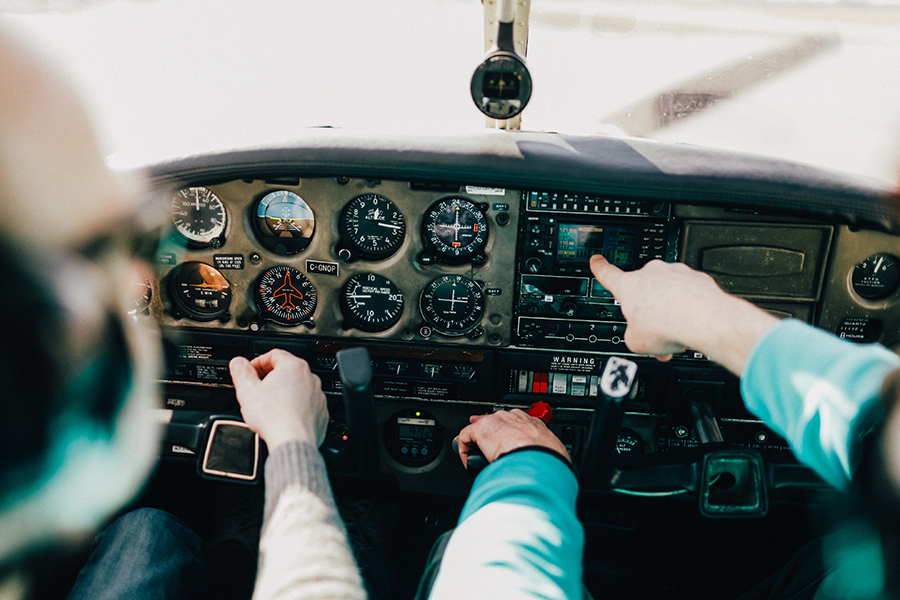
You may hear voices in your headset other than those of your instructor. You aren’t going crazy; those are just the voices of other pilots or Air Traffic Controllers on the radio. They can’t hear you speak unless you press a button on the control column (yoke) called a “Push to Talk” (PTT) button.
It’s important to note that the aircraft controls are counter-intuitive when compared to a car, as the rudder pedals (that you rest your feet on) are used to steer the aircraft on the ground. For example, when you want to go left, you actually have to push the left rudder pedal.
In the air, the control column (also known as the “Yoke”) is used to control the direction that the aircraft is pointing. The yoke resembles a steering wheel with the top cut off. Push the yoke up or down, and the nose of the aircraft goes up or down. Move the yoke left or right (like a steering wheel), and the aircraft rotates! The rudders are only used to keep the aircraft stable during flight, not for turning.
After reaching a safe altitude, your instructor will demonstrate how to do basic maneuvers such as turns, climbs, and descents. They will likely give you full control at this point, and you will pilot an aircraft for the first time in your life!
You will then return to the airport for landing and go back to the apron where you started your flight.
After Your Flight
After shutting down and securing the aircraft, your instructor will give you a quick “debrief” of the flight and what you can expect during the next one. You may also refuel before returning to the flight school.
You will then likely have the opportunity of discussing your future in aviation.
How Much Does a Discovery Flight Cost?
If you’re interested in taking a discovery flight, the first step is to find a local flight school. Once you’ve found a school, contact them to schedule a time for your flight. The cost of a discovery flight usually ranges from $75 to $100 for 30 minutes, and some schools may require a refundable deposit to reserve your spot.
You can request a longer flight for a higher price, but I would recommend sticking to 30 minutes initially as motion sickness may kick in after 30 minutes for some people during their first flight in a small airplane.
What to Bring with You to a Discovery Flight
Once you’ve scheduled your flight, it’s important to arrive at the airport early so you can go through the check-in process.
Ask the flight school what time they would like you to arrive, and arrive 15 minutes before then. Airports, particularly the non-commercial (i.e., non-airline) side, are usually difficult to get into and may cause unexpected delays.
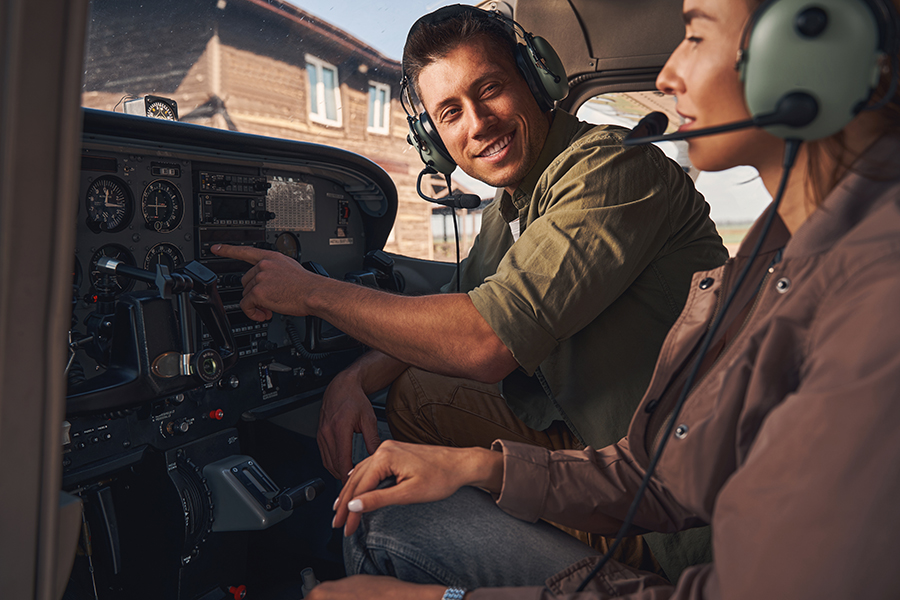
Most schools will provide all of the necessary equipment, such as a headset and sick bag, but it’s always a good idea to check ahead of time. In addition, you may want to bring the following items with you:
- Valid photo ID – You may need this to access the airport and “check-in” for the flight.
- Sunscreen and sunglasses – The cockpit can be pretty bright, and it’s important to protect your skin from the sun.
- Hat – Same as above! Any hat will do, but baseball caps interfere with a headset the least.
- Camera – A great opportunity to capture some fantastic photos. I recommend sticking to your phone camera, as a large camera will get in the way in a small cockpit.
- Water and snacks – I wouldn’t recommend bringing water or snacks on board the aircraft for a 30-minute or 1-hour flight, but you will likely spend a couple of hours at the airport, so staying hydrated and fed is essential during that time.
- Motion sickness medication (if needed) – Some people experience motion sickness during their first flight in a small airplane. If you tend to get motion sickness (like in a car), you may want to take motion sickness medication before your flight.
That’s it! With these items in hand, you’re ready for a fantastic aviation adventure.
Conclusion
A discovery flight is a gateway drug to aviation, and you will likely want to go for another one right afterward. I recommend doing a few before you fully commit to flight training.
Be careful, though, because when the aviation bug bites, it bites hard!
